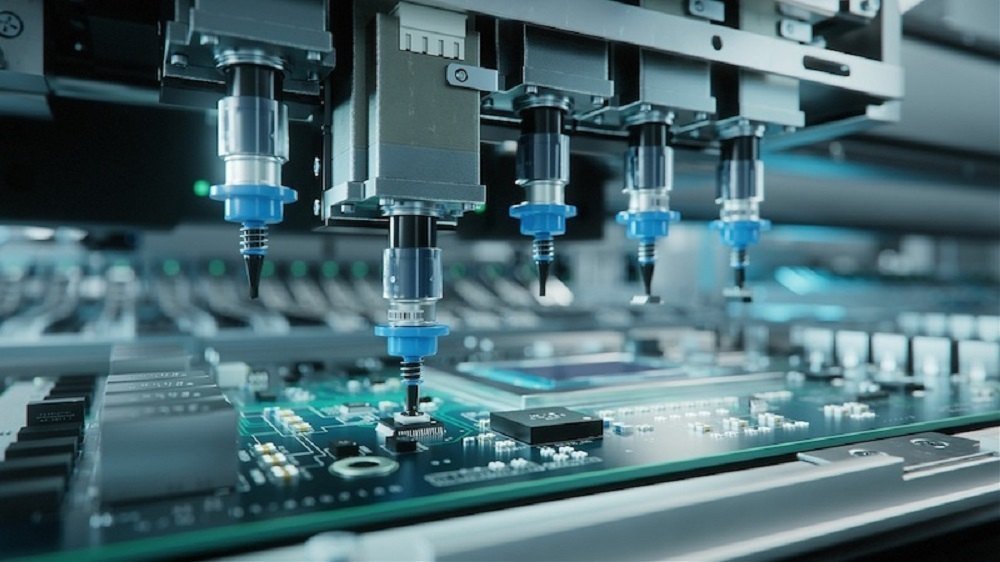Introduction to Surface Mount technology

Here’s a comprehensive course content outline for “Introduction to Surface Mount Technology (SMT)”. This course is ideal for electronics engineering students, technicians, and professionals entering PCB assembly or electronics manufacturing.
📘 Course Title: Introduction to Surface Mount Technology (SMT)
🎯 Course Objectives:
By the end of this course, students will:
-
Understand the fundamentals of SMT and how it differs from through-hole technology.
-
Identify common SMT components and their functions.
-
Gain insights into PCB design and layout for SMT.
-
Learn the SMT manufacturing process from solder paste application to inspection.
-
Develop awareness of SMT equipment, standards, and quality control methods.
📚 Course Modules:
Module 1: Introduction to SMT
-
Evolution of electronics assembly
-
What is Surface Mount Technology?
-
Comparison: SMT vs Through-Hole Technology
-
Applications of SMT in modern electronics
Module 2: SMT Components and Packages
-
Passive components: Resistors, capacitors, inductors (e.g., 0402, 0603 sizes)
-
Active components: Diodes, transistors, ICs
-
Common IC packages: SOIC, QFP, BGA, QFN, CSP
-
Component marking and identification
Module 3: PCB Design for SMT
-
PCB layer structure and materials
-
Design rules for SMT layout
-
Pad design and footprint libraries
-
Design for Manufacturability (DFM) principles
Module 4: Soldering and Assembly Process
-
Solder paste composition and application (screen printing)
-
Component placement techniques (manual vs automated)
-
Reflow soldering: process, profiles, and ovens
-
Wave and selective soldering (when mixed technology is used)
-
Hand soldering techniques (for rework and prototypes)
Module 5: SMT Equipment Overview
-
Solder paste printer
-
Pick and Place machine
-
Reflow oven
-
AOI (Automated Optical Inspection)
-
X-ray inspection and SPI (Solder Paste Inspection)
-
Rework and repair stations
Module 6: Inspection, Testing, and Quality Control
-
Common SMT defects (e.g., tombstoning, solder bridges)
-
Visual inspection criteria
-
In-circuit testing (ICT) and functional testing (FCT)
-
IPC standards (e.g., IPC-A-610)
Module 7: SMT Manufacturing Environment
-
Cleanroom and ESD requirements
-
Materials management and traceability
-
Lean manufacturing principles in SMT
-
Role of MES (Manufacturing Execution Systems)
Module 8: Trends and Innovations in SMT
-
Miniaturization and advanced packaging
-
3D printing in SMT
-
Embedded components and flexible circuits
-
Challenges in high-density interconnects (HDI)
🛠️ Hands-On Activities / Labs (Optional)
-
Identify and categorize SMT components
-
Use design software to create a simple SMT PCB layout
-
Solder SMT components using hot air and reflow methods
-
Perform AOI on a sample board
-
Analyze sample defects under a microscope
📖 Assessment & Evaluation:
-
Quizzes at the end of each module
-
Final project: Design and assemble a basic SMT circuit
-
Lab performance evaluation (if applicable)
-
Written exam based on real-world SMT scenarios
📦 Recommended Resources:
-
IPC-A-610: Acceptability of Electronic Assemblies
-
SMT magazines and blogs (e.g., SMT007, Circuits Assembly)
-
PCB design tools: KiCad, Altium Designer
-
Video demonstrations of SMT assembly
Course Link : https://www.udemy.com/course/introduction-to-electronics-manufacturing-process